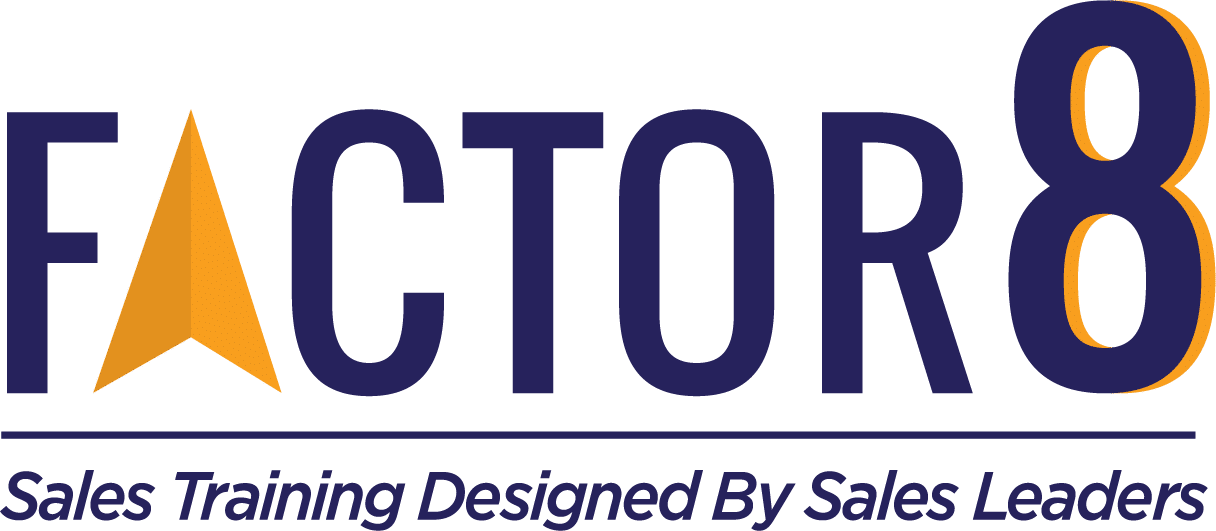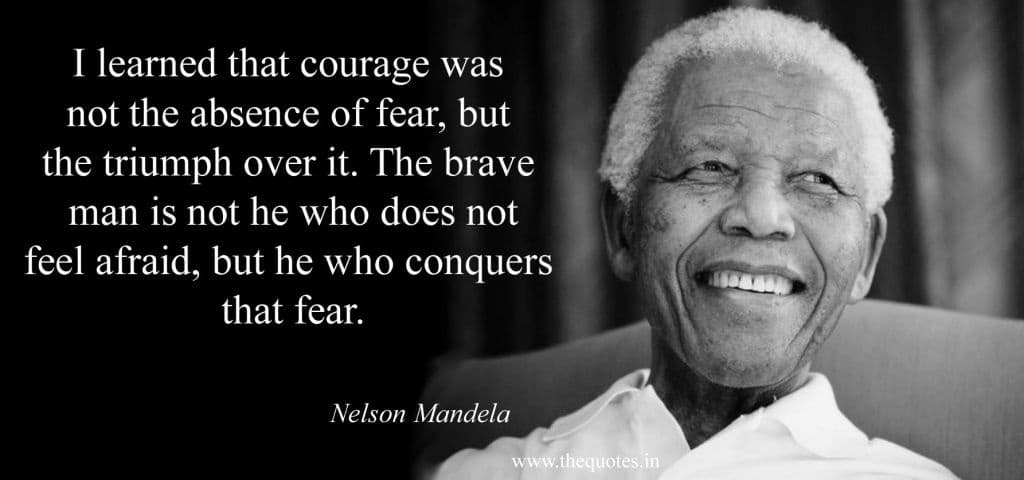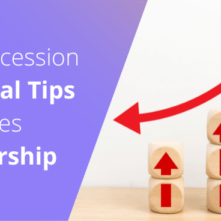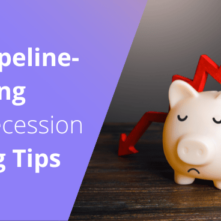If you’ve been a leader in the sales industry for a while, chances are this isn’t the first recession you’ve worked through. Surviving a recession and leading your sales team through it is no easy feat, so if you’ve already powered through at least one, take a moment to pat yourself on the back.
The good news about recessions is that they don’t last forever. The bad news? Those leaders who have never been through it don’t know how to effectively navigate one now!
For many sales teams, they are chock full of young reps and managers who may be experiencing it for the first time. To feel the effects of it or constantly see headlines on mass layoffs across the board in just about every industry can feel scary, especially if their numbers are dropping and they’re starting to struggle.
We recently hosted two executive round table sessions and pulled in both existing clients and leaders from multiple industries for a collaborative session. We covered how the impending recession is affecting their sales teams, how they’re responding, and what changes they’re using to pivot and survive in a tough economy.
We had tons of great feedback and insights to unpack, so here are our key takeaways!
Go Back to Basics With Your Teams
Sounds simple, right? One of the best things you can do right now is combine old-world tactics with new-world sales coaching.
Think about it like this: When’s the last time you had a lunch and learn? How often are you doing 1:1 coaching with your managers? Do they know what approach to take to train reps how to be confident and face newer, stronger objections that are popping up due to budget cuts?
A lot of managers (whether under their own or internal pressure), may be falling back on old tactics that are actually DE-motivating their teams. You can help them be better at coaching their people and working through this together.
Emphasize a focus on solving problems that can be accomplished immediately versus meeting quotas or goals that are too lofty in this environment. One tip could be as simple as roleplaying on overcoming rebuttals with reps: coach them on how to navigate following up in the environment of a recession.
DOWNLOAD: Call Coaching Cheat Sheets
Collaboration is Key
One of the few positives of a recession? This is an all-hands-on-deck moment for your company – and that means it’s time to get comfy collaborating and engaging with other departments and personalities in the workplace.
One of my colleagues recently highlighted the success they’ve had breaking into new industries by pairing up two different departments to tag-team and educate each other for higher chances at their rep’s success.
If you have a dedicated team for researching, for example, have them send over their notes and top takeaways so your reps aren’t going into new territory blind. Consider strategizing meetings to share knowledge on nailing presentations, goals, and processes.
By investing time in your employees and encouraging them to do the same with each other, you’re not only creating a positive and collaborative environment, but you’re also utilizing existing resources and ensuring reps aren’t doubling down on the amount of work they’re taking on.
READ: 6 Tips to Improve Marketing-Sales Alignment
Always Position Your Value
It’s go-time when it comes to value props. You CANNOT lead with anything else in this environment, especially when executives like the CFO are almost always involved in the process these days. Clearly understanding the need and aligning your solution in a way that generates confidence and a clear path to success with ROI is a must.
Coach your reps to strategically position the value you’re offering. How will you generate ROI to be WORTH the long-term investment? What does your customer or prospect really care about right now? What are you helping to mitigate or solve for an executive’s involvement?
And honestly, in some cases, ROI isn’t the only way to lead and showcase value. Teach your reps how to reswizzle value props with a focus on reducing risk – show what you’re saving them and keep the angle on “safety” in uncertain times.
(People want Advil, not vitamins right now!)
WATCH: Build Pipeline And Keep Selling During A Recession
Have Conversations, Don’t Just Pitch
Want to know what something easy and totally free you can do to prime yourself for success in the future with your prospects?
LISTEN TO THEM!
Right now, people want to talk to those who can actually help with their problems rather than hear a canned sales pitch. The easiest thing to do is have conversations with your prospects and customers. Not sales conversations – just regular old conversations. Many sellers are often so focused on themselves that they miss the opportunity to build a relationship and understand their customers.
DOWNLOAD: 20 Value-Add Reasons To Call Your Customers
Consider All Avenues For Revenue Generation
If you’ve put in the work to break into other industries or had options that have been on the back burner, now may be the time to get that rolling when it comes to prospecting and discovery. Cast a wide net!
But for others, it can also mean being more purposeful as to where you are investing your time and energy and having your reps focus their prospecting efforts. Narrowing the scope can be just as effective or work better for certain industries.
I recently wrote an article about this encouraging sales teams to turn DOWN their lead qualifications for filling the gaps in their funnels and pipelines. Defining existing regions or expanding into new industries is a quick way to generate a whole lot of new leads.
One other tool you can take advantage of is hyper-segmenting. See if you can identify buying patterns from existing customers (try sending out surveys, for example) and get the knowledge you can use immediately to build out your funnel in quick and scaleable actions.
Don’t be afraid to consider all the options when it comes to the best tactics for your team to drive revenue generation! The payoff will be worth it, whether it means breaking into a brand-new market OR staying hyper-focused on the avenues that bring guaranteed results.
Bottom line: don’t stop your activity, just change your activity.
Get Creative To Boost Morale
No matter what sales role you’re in, it’s pretty likely that folks are feeling pressured or stressed about meeting quotas. Even your top performers are likely feeling the heat here.
One awesome tip we discussed was having sellers focus on pushing products with a higher profit margin to help both the company AND filter the extra $ through to the reps selling them via a commission. Sharing the wealth does wonders for morale!
This is a great opportunity to come up with new sales incentive plans to ensure you’re keeping talent motivated and satisfied. You can help them stay engaged and on track to hit new goals – for example, can you come up with a way to celebrate awards? How about contests rewarding top skills like tenacity (having a longer close rate) or the most number of follow-ups achieved?
Make it fun! This is your opportunity to be as creative as possible.
READ: Changing Sales Incentives During A Recession
Final Thoughts
There you have it – even in a recession, you have tons of different angles to help boost sales team morale, fill your pipeline, and continue building relationships with your customers and prospects.
I guarantee whatever you are doing now is going to help TREMENDOUSLY when things get back to “normal”. Put in the work and hang in there!



















